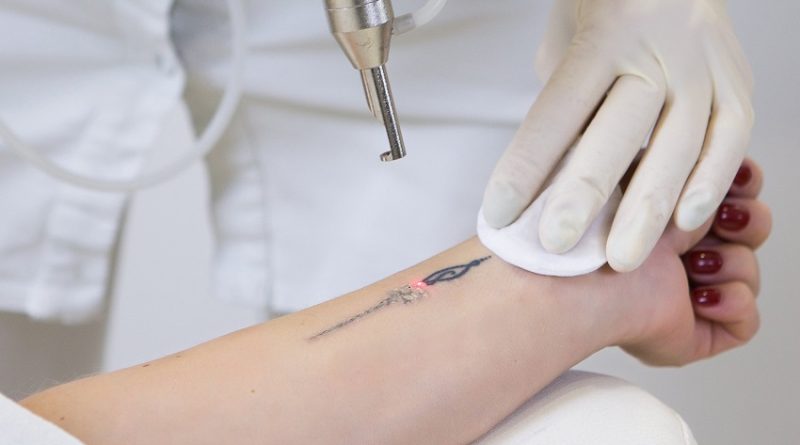What is Laser Tattoo Removal?
Laser tattoo removal is a treatment performed to remove unwanted body markings. It would help if you asked several questions before you opt for this treatment, including the procedure’s effectiveness, the risks involved, and the potential side effects.
Easier but slight pain
During laser tattoo removal, you may experience slight pain. However, the amount of pain you will experience will depend on your doctor’s skill. You can use numbing creams to make the process easier.
It would be best if you also took care of your skin from the time of your laser tattoo removal. This is to avoid scarring. It would help if you avoided tanning for at least four weeks before your appointment. You should also apply sunscreen to the area after your laser tattoo removal.
During the treatment, you should avoid aspirin, ibuprofen, and caffeine. You should drink plenty of water and eat foods high in potassium and magnesium. You can also use cold compresses against the treated area.
During the process, you may experience redness and swelling. The amount of discomfort you will feel depends on your tolerance for pain and the location of the tattoo. You should not be embarrassed to talk to your doctor if you are experiencing pain.
Effective way
Laser tattoo removal, like laser tattoo removal Washington DC, is an effective way to remove unwanted ink. It uses a highly concentrated beam of light to break up pigments into tiny particles flushed away by your body.
You can expect the process to take between two to four sessions, depending on the size of your tattoo. More sessions may be needed if your tattoo contains bright colors. Your tattoo will appear lighter after each session.
The American Academy of Dermatology considers laser tattoo removal safe and effective. They note that this treatment can be used on people of all skin types. It is a relatively painless procedure. However, it is essential to go to a qualified doctor.
You must have a healthy lifestyle to get the most out of your laser tattoo removal. A balanced diet and proper hydration will help promote more incredible healing. It is also a good idea to avoid smoking. Keeping your nicotine levels low before and after the procedure will reduce your chances of scarring.
Safe
Laser tattoo removal is a process that involves using a highly concentrated beam of light to break up ink particles and flush them out of the body. The results are almost painless, but the treatment can have a few side effects. The most common of which is redness and swelling.
Some of these side effects can be treated by applying an antibiotic ointment. If a blister forms, the specialist may instruct how to drain it. An ice pack can soothe the affected area.
In addition to the usual precautions, patients should avoid direct contact with water. Sun exposure can damage the treated area. After the treatment, clients should apply a protective bandage. A cold compress can also help alleviate the swelling.
Another nifty trick is to use a local antiseptic to prevent infection of the target area. You should also use SPF 25+ sunscreen to protect your skin during the period between treatments.
Lasers are capable of removing ink from older tattoos as well as from brighter pigments. The speed of removal varies by the number of sessions needed. It can take as few as 10 or as many as 30 or more. A certified technician will determine how many treatments are required to remove your tattoo.
Side effects
Laser tattoo removal has many benefits but also some unpleasant side effects. Some of these side effects are temporary and disappear within a few days. These include hyperpigmentation, hypopigmentation, and scarring.
Hyperpigmentation, or dark patches of skin, results from the overproduction of the skin’s melanin. Typically, it occurs on darker skin. In some cases, these patches may remain for several years. The best way to prevent these pigment changes is to protect your skin by applying sunscreen.
Hypopigmentation, or lightening of the skin, results from depleting the skin’s melanin. It often appears after the first laser tattoo removal treatment. It can be reversed by following aftercare instructions.
Bruising and swelling are common after laser tattoo removal. It may take a few days for the swelling to subside and may continue for a week or more. It’s best to avoid rubbing or picking at the treated area.
Blisters are another common side effect. They appear within the first 24 hours and generally heal in 3 to 14 days. In some cases, blisters will cause scarring.




